Are you planning a trip to Scotland?
Then, this article is for you! 😉
Scotland is one of the four countries composing the United Kingdom (along with England, Northern Ireland, and Wales) and an increasingly popular tourist destination that in recent years saw a surge of visitors attracted by its medieval towns, centuries-old traditions, and the incredibly postcard-worthy natural landscapes!
In this article, I will reveal to you 10 Fun Facts about Scotland that might both surprise you, make you smile, and help you to view this fantastic Nordic country during your stay with different, more conscious eyes.
Let’s dive right in! 😀
10 Surprising Fun Facts
About SCOTLAND
that will Make you Smile! 🙂
1. Scotland is a Celtic Nations,
and its Rich Cultural Heritage is still Visible Today!

Starting around the year 1000 B.C., Scotland has been inhabited by the Celts, a central-European tribe characterised mainly by red-hair, blue and green eyes, and prominent statures.
The Celts were the strongest tribe in mainland Europe between 700 – and 50 A.C, until Julius Caesar first, and the Roman Empire later, after nicknaming them as “galli” or “barbarians of the North“, started a centuries-long fight that sent them off the continent by the end of the 2nd century A.C.
At that point the Celts retired on the islands, and became the indigenous people of the six Celtic Nations (Scotland, Ireland, Wales, Brittany, Isle of Man, and Cornwall), giving birth to the foundations to the shared cultural heritage that these countries still enjoy today.
Although the Celtic culture blended and evolved during the millennia, in Scotland you can still feel traces of it today: in the language (there are still some Gaelic-speaking communities), in the traditional music and dances (bagpipes, fiddles, and harps are everywhere!) and in art (think about the Celtic symbols in jewelry, the intricate knotwork or the Celtic cross!).
Also, Scotland is home to numerous historic sites and monuments that showcase Celtic Heritage: ancient stone circles (like Callanish on the Isle of Lewis), decorated Pictish and Celtic crosses.
Last but not least, if you’re visiting Scotland and you’re lucky with the dates, you might encounter a vast range of Celtic festivals and celebrations throughout the year!
So, when you are walking in Scotland and you will be listening to the bagpipe sounds and moving your feet with the drums’ rhythm, remember where all this comes from and enjoy the pride that the Scottish portray while celebrating their ancient roots! 😀
2. Scotland is divided into two parts:
the Highlands and the Lowlands

Officially, the 77.910km2 of land that forms the modern Scotland is divided in 12 separate regions and 33 counties.
Said that, even Scottish people for simplicity during common talks, tend to divide Scotland into just two parts: the Highlands and the Lowlands!
While the border between the two is loosely defined, and there is not a clear and visible physical border to take a photo of, for “Highlands” are intended the Northern Mountainous Regions of Scotland, while for “Lowlands” are intended to the most populated hilly-flat regions of the South.
The two main “lands”, enjoy some geographical, demographic, economic, and cultural differences.
On the one hand, in the Highlands, you can expect to find rugged and mountainous terrains, “lochs” (lakes – like the famous Lochness Lake), “glens” (narrow valleys), and a strong presence of Gaelic traditions.
Here the economy revolves mostly around tourism, outdoor activities, farming, fishing, and crofting (small-scale independent farming).
In the Lowlands on the other hand, you can expect to find more gentle, rolling terrains and fertile plains, the Scottish major cities (including Edinburgh and Glasgow), and a culture more influence by Anglo-Saxon and Norman traditions, rather than by the Celts.
The economy of the Lowlands has been traditionally industrial, and that’s why it’s also called the “economic heart of Scotland”.
3. The Scottish Highland boast
some of the Most Gorgeous Natural Landscapes in Europe

If you’re into wilderness and inhabited mountains, you will love the Scottish Highlands!
A few years ago, I had the time and luck to travel Scotland for about 10 days, I spent 5 to visit the Lowlands and the main Scottish cities, and 5 in the Highlands.
Well… It’s impossible to describe how gorgeous the panoramas were, but I will try: inhabited drop-dead gorgeous nothingness for kilometers and kilometers, wildlife, snow-capped mountain ranges, red and yellow panoramas alternate with green fields and lakes, lots of them, everywhere! (In Scotland there are more than 31.000 lakes!!!).
The most gorgeous places I could recommend you to check out are the Cairngorms mountains in the North (where you can find a Tundra ecosystem!), Loch Ness (but the monster wasn’t there, at least when I was there!), Loch Lomond, Loch Tay, the Glenfinnan Viaduct, the Castle of Eilean Donan, and of course the largest town of Inverness!
Of course, there are many many more gorgeous places we could talk of, and that would need an article all by itself (I will write one in the future 😉 ).
If you planning to visit Scotland, maybe with some friends, and you want to enjoy at the fullest your time in the land of bagpipes and whiskies, I would like to strongly recommend you to join Small Group Tours of Scotland.
It’s a small, humble, yet fantastic family-run Tour Operator that made our trip through Scotland memorable, with a well-deserved 5/5 track on Tripadvisor too!
As there are many places to research, to see, and moving around is not always easy (drive on the left, dead roads, awful weather, etc.), a customized tour tailored to our needs helped us explore and experiencing more Scotland than all we could have done by ourselves!
Last but not least, if you’re planning to visit the Scottish Highlands, remember that seasons will change the panorama dramatically: colorful wildflowers in spring, lush green in summer, golden and red in autumn, and a snowy winter-wonderland in winter (with the chance to spot some Northern Lights during clear winter nights!).
4. More than 80% of the Scottish Population
Lives in the Lowlands

If the Highlands are so lowly populated, where is everyone?
The population distribution in Scotland is indeed pretty uneven, with the vast majority of the population (over 80%!) residing in the Lowlands, where the climate is less extreme (yet abundantly rainy!) and where the main Scottish cities are placed.
The Scottish “Central Belt”, the part of Scotland between Glasgow in the west and Edinburgh in the East, is the most densely populated region of Scotland, followed by the regions of Borders, Fife, and Ayrshire.
If you’re planning a trip to Scotland, I would recommend you to spend some time (at least 4-5 days) in each part of it, as both the Highlands and Lowlands have peculiar characteristics and seeing them both, will help you to understand what a gorgeous, rich and different country is Scotland today 🙂
5. Bagpipes are a symbol of Scotland,
and You Will hear lot of them on your Journey!

The Bagpipes are a proud symbol and national instrument of Scotland, and venturing through the country you will see plenty of them!
After all, it is estimated that today, in Scotland, there are over 10.000 pipers!
According to historians, the first mention of bagpipes in Scotland date back to the 1547 A.C. , when they have been used for battle replacing the trumpets.
Traditionally, the bagpipes were made from the skin of a whole animal (usually sheep), turned inside out, with the pipes attached where the legs and neck would be (yeah, I know, you didn’t see that coming! D: ).
Nowadays, luckily for the poor sheep, the bagpipes are made of artificial fabric (mostly Goretex!).
6. In Scotland they don’t drink Whiskey,
they Drink “Scotch” Whisky!

“Whiskey” with the “e”, is an American thing.
Scottish would just laugh hearing you ask for a Whiskey in Scotland.
Here, people drink “Whisky”, and more precisely “Scotch Whisky”, which is famous all over the world for its incredible prestige and superior quality.
The whisky, for those who don’t know, is a spirit distilled from fermented malted cereals such as barley, wheat, rye, and corn.
During my trip to Scotland, I had the chance to visit the Blair Athol Distillery (one of the most famous in Scotland), and learn a few fun facts about Scotch Whisky!
First, the kaboom: in Scotland produced on average more than 700 million liters of Whiskey every year! Just imagine! ;D
Then, while touring the factory, our guide showed us the Whisky aging in huge barrels of oak wood and explained to us that the more the whisky stays in the barrel, the more sophisticated the taste and its notes become.
A fun fact though, whisky does not mature anymore once in the bottle.
So even if you keep a 15-year-old bottle for 100 years, it will always remain a 15-year-old whisky.
As long as the bottle is kept out of direct sunlight, the Scotch Whisky will not deteriorate, even if it is opened.
7. The Official Animal of Scotland,
is the Unicorn!

This is a fun fact that makes me smile: the official national animal of Scotland is an animal that in reality does not even exist: the magical unicorn!
No, I am not joking, and I did not drink too much Scottish whisky (maybe they did when choosing it)!
Whisky aside, the unicorn is truly the official animal of Scotland, and its presence in the local folklore dates back to the classical age.
Indeed, in Celtic mythology, the unicorn is a symbol of purity, innocence, and power (as it’s an untameable creature, fiercely independent and impossible to capture and conquer!), all treasured and strongly felt values by the Scots.
The first signs of Scotland adopting the unicorn as a national symbol date back to the mid-1500s when the unicorn was first introduced to the royal coat of arms of Scotland.
8. In Edinburgh you can Join
Ghost Tours and Hunt for Vampires!

All right, this can be a highlight of any trip to Scotland; an experience that I will never forget!
The Old Town of Edinburgh, the capital city of Scotland, is composed of grandiose medieval and gothic buildings.
Everything is made of cold stone, so imposing, so majestic.
When visiting the city during the day, we noticed a few stands behind iron gates, where they were selling tickets for “ghost/vampire tours“.
The experience was sold as 18+. We got curious.
After some research, we found out that Edinburgh is famous for its “ghost tours” and we got hooked, we needed to see what the fuss was all about!
We waited for the night.
When the night falls on old Edinburgh, the atmosphere here changes dramatically. The streets get empty, and the atmosphere brings back dark centuries long gone. The street lights are yellow and soft. Slightly scary.
Long story short, the “ghost tour” was a walking tour of old Edinburgh by night, with actors dressed like monsters, ghosts, and vampires acting out and narrating the folklore stories, the murders, the mysteries, and the legends of the city.
I loved it! It’s something different, it’s a tour where you can get scared for real.
It’s funny, educative and so unique! If you ever go to Edinburgh and you’d like to discover the dark side of the city, this is the tour you should be joining!
As many companies are organizing these tours, it’s important to choose well with which one to go.
If you’re thinking of joining the custom-tailored Luxury Tours of Scotland, your best bet would be to ask your personal tour guide for directions. They might also be able to arrange all the details for you before even reaching Edinburgh 😉
9. The “King Arthur’s Seat” in Edinburgh,
is an Extinct Vulcano

Although the real existence and origins of this mythological character are not clear and widely debated, some legends say that King Arthur and his knights of the Round Table were actually from Scotland!
One of the main tourist attractions of Edinburgh, the “King Arthur’s Seat” hill, is named after his name too.
While this 251m-tall landmark is hiked every day by thousands of people, very few know that this famous hill was originally a Vulcano, now extinct.
As of today, there’s no more risk of eruption (the last one was 350 million years ago, and since then King Arthur’s Seat has been glaciated several times during the glacial ages.
All in all, today it remains a curious witness of the vulcanic past of Scotland and a must-see attraction for the hundreds of thousands of tourists visiting the city every year!
10. Scottish people wear underwear under the Kilt,
but only sometimes 😉

Dulcis in fundo, let’s try to answer the eternal question that everybody asks when reaching Scotland: Do men wear underwear beneath the kilt?
For those of you who don’t know, the kilt is a traditional man garment resembling a wrap-around knee-length skit, made of twill-woven worsted wool with heavy pleats at the sides and back.
When I was in Scotland, my tour guide explained to me that “usually”, married men wear underwear beneath the kilt, while singles do not. Of course, he also told me this is a giant simplification and that the discussion for wearing vs. not wearing has been ongoing in Scotland since the kilt was introduced.
Many Scots indeed, believe that wearing nothing under the kilt is the proper way to honour their heritage. The practice of not wearing anything beneath the kilt is often referred to as “going regimental” or “going native”, as soldiers in the army were forbidden to use underwear as it was believed they would impair movements.
Many other Scots instead, are much less “purist”, and agree that wearing underwear might be a necessity, both for protecting the “jewels” from the cold bad weather, but also to avoid public nudity in case of falling or performing any sport activity 😉
Conclusion

And here we are at the end of the article! 🙂
In this post, we have seen 10 curious fun facts about Scotland, and I truly hope you discovered something new! 😀
Scotland is a wonderful country, full of history, traditions, legends, music, whisky (a lot of it!), natural wonders, and friendly people, and the best way to get to know it, of course, is seeing it with your own eyes!
Before going I would like to ask you:
- Was the article useful to you?
- Have you ever been to Scotland before?
- Do you know any other curious fun fact about Scotland that could make it on the list? Let us know in the comments below!
LET US KNOW IN THE COMMENTS BELOW! (We always love receiving feedback and exchanging a chat 🙂
Last but not least, before going, I will leave you here some articles you might want to check out too:
- Ireland: 10 Funny Curiosities You Didn’t Know About
- Ireland: Guide to the Emerald Island
- Discover the Beauty of Italy and its Countless Hidden Gems
- Guides and Curiosities about Destinations around the World
As always, thank you for reading,
And see you in the next article! 😀
PRIMA DI ANDARTENE, POSSO CHIEDERTI UN FEEDBACK?
Scrivere articoli dettagliati come questo richiede molto tempo ed impegno.
Se ti è piaciuto, posso chiederti di lasciarmi un messaggio di feedback nei commenti a fondo pagina?
Per un content-creator, sapere di essere letti e che i tuoi sforzi sono utili a qualcuno, è la miglior motivazione per continuare a scrivere e a fare meglio 🙂
Fammi sapere cosa ti è piaciuto o cosa secondo te si potrebbe aggiungere.
Se ti va, puoi anche condividere l’articolo per aiutare altra gente a trovarlo!
Grazie per l’aiuto 🙂
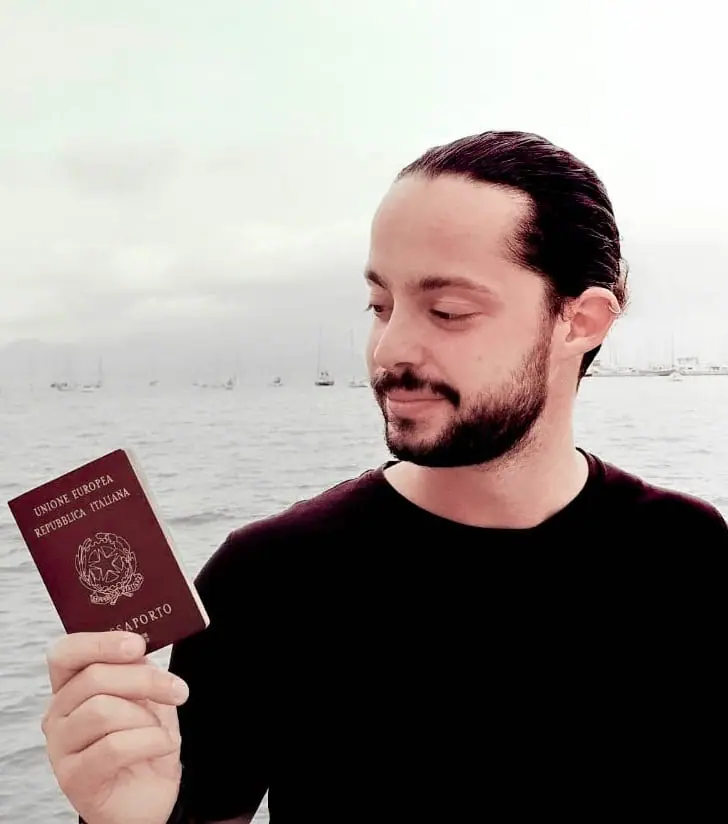
Leggi le Guide per Camperizzare il tuo Furgone Fai-da-Te
The Best Beaches in Puglia and How to Get There
Every region of Italy is special in its way, and Puglia is no exception! Assaulted by Italians in summer, and increasingly discovered by more and more international tourists every year, this southern region has a lot more to offer than what meets the eye! To name a...
TOP 11 Places for Hot Air Balloon Rides Around the World
Only a few things can compete with a hot air balloon ride when it comes to a breathtaking, memorable and unforgettable experience! Floating in the sky light as a feather, taking panoramic views of magnificent landscapes and feeling the gentle breeze on your face is a...
Discover the Wonder of Amazon Plants on an Amazon River Cruise
The Amazon rainforest is one of the most biodiverse regions on Earth, and the Peruvian Amazon is no exception. It is home to an incredible array of exotic plants that captivate the imagination and leave visitors in awe. In this article, we will explore some of the...
Visit the Last Supper in Milan | Tickets and Free Pocket Guide!
The Last Supper, painted by Leonardo da Vinci between 1495 and 1498, is one of the most famous and revered artworks in history! After all, who never saw it on school's books, in popular movies or revisited more recently as an internet meme? I guess, nobody older than...
Conero Riviera | The Most Beautiful Beaches | Discover What To See
The Conero Riviera in Italy is an incredible touristic destination that attracts more and more visitors every year, thanks to its unique views, crystal clear water, hospitality, and good food. After visiting and seeing it with our own eyes, we can only confirm what...
Conero Riviera | The Most Beautiful Beaches | Discover What To See
Trabocchi Coast in Abruzzo: All The Most Stunning Beaches!
"Stretched from the rocks, Similar to a lurking monster, With its hundred limbs, the trabocco looked formidable." - GABRIELE D'ANNUNZIO (Italian Poet) TRABOCCHI COAST: WHICH ARE THE MOST BEAUTIFUL BEACHES? The Trabocchi coast, which stretches between...
Madonna della Corona, Italy: Discover the Magical Church on the Mountain
Not far from Verona and the eastern coast of Lake Garda, hides the sanctuary Madonna della Corona, an incredible place that appears straight out of a fairy tale: a church on the mountain set in the rock above a very high cliff! In this guide, I want to tell you how to...
The Bauxite Quarry | Discover the Martian Pond near Otranto, Italy
Today I'm going to tell you about a place we discovered a bit by accident while driving on the coast of Apulia: the Bauxite Quarry! You're probably already wondering what it is, as we also did when we first heard of it! Let's say it's really an experiencefrom another...
Lago di Braies: How to Visit the Pearl of the Alps
Where Is Lago di Braies? Lago di Braies, also called "Lake Braies" in English or "Pragser Wildsee" in German, is an alpine lake located between the Dolomites of South Tyrol (in Italy) and not far away from the Austrian border. Content Summary Famous for its...
Lake Tovel: Where Is It and Everything you Need to Know
Where Is Lago di Tovel? Lago di Tovel (also referred to as Lake Tovel in English) is one of the most charming alpine lakes of the Dolomites and it is located within the Adamello Brenta Natural Park in Trentino, Italy. Content Summary Lake Tovel got famous...
Visit Matera in Italy: The Magical City of Stone
Where Is Matera? Matera, also known as the "City of Stone", is located in the Southern Part of Italy, in the Region of Basilicata. The city, until a few decades ago one of the poorest areas in Italy, has seen in recent years a surge in popularity that brought it...


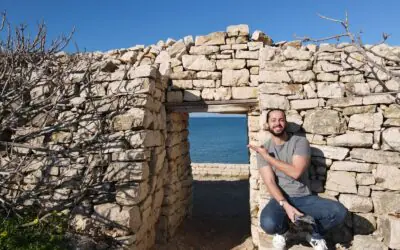
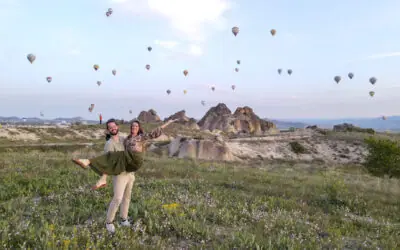
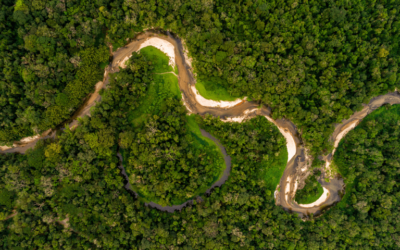

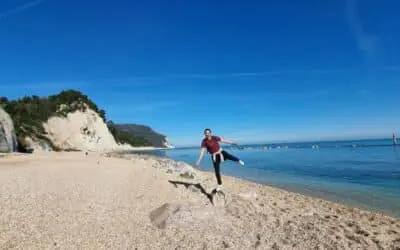
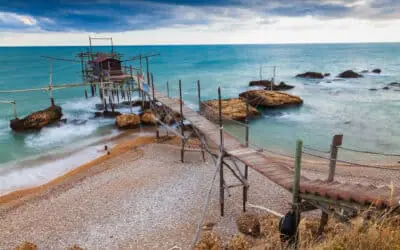
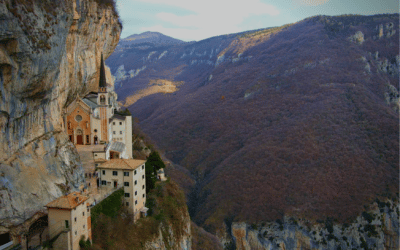
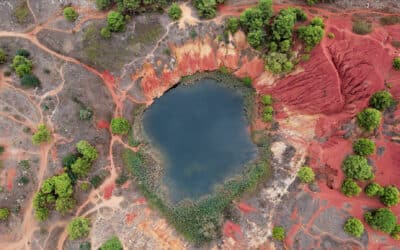
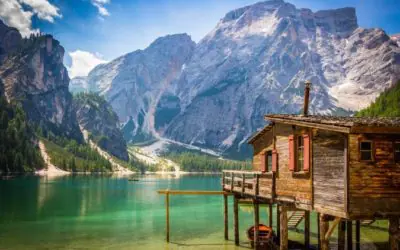
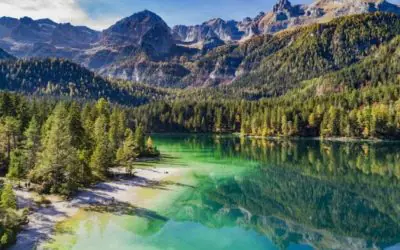
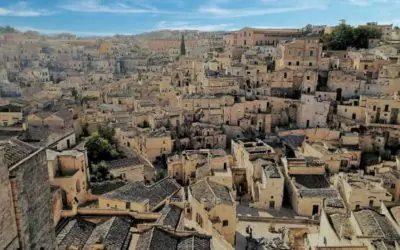
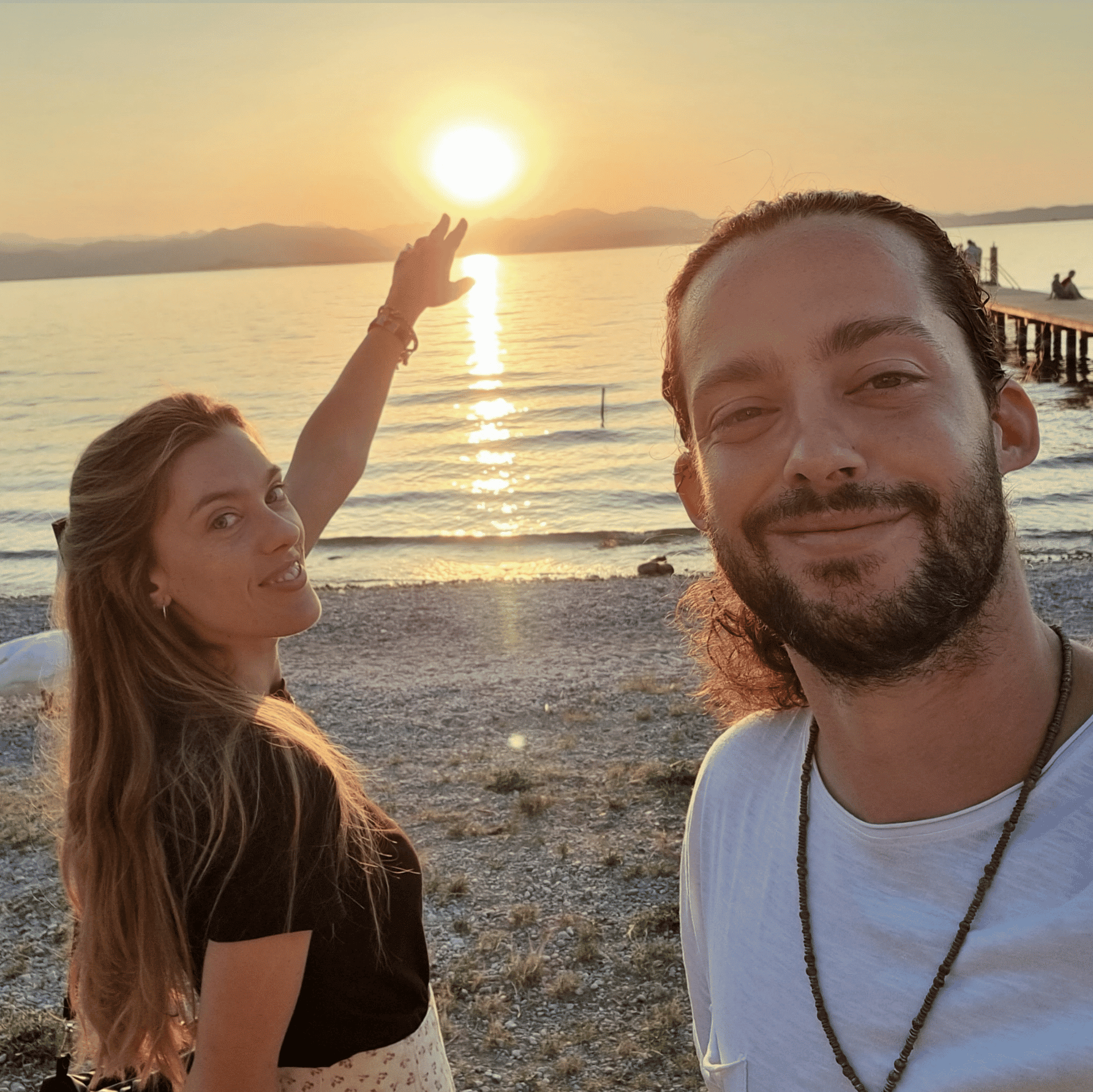
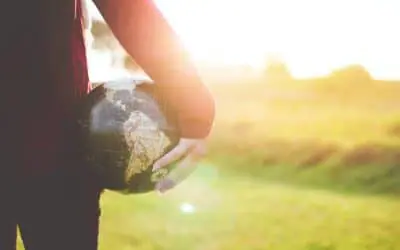

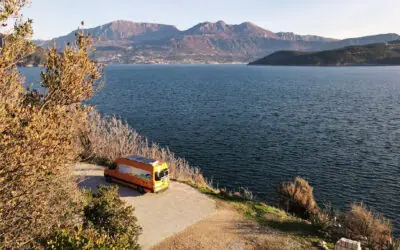

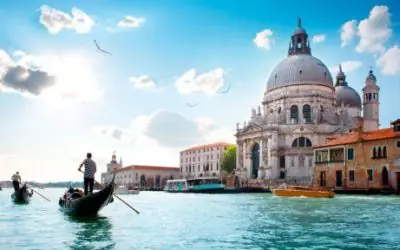
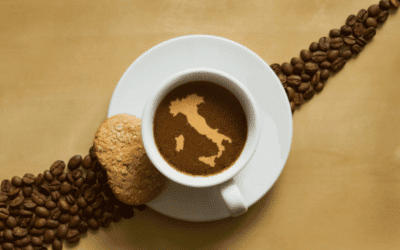
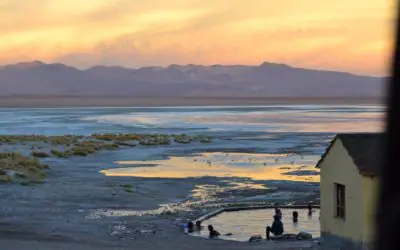
0 Comments